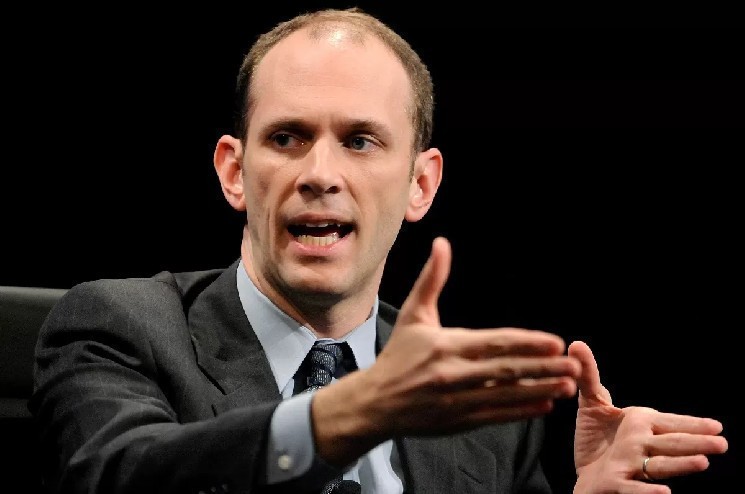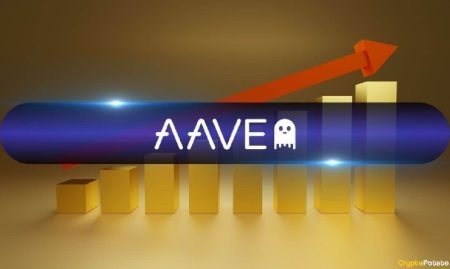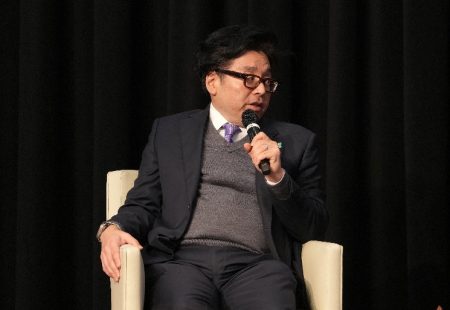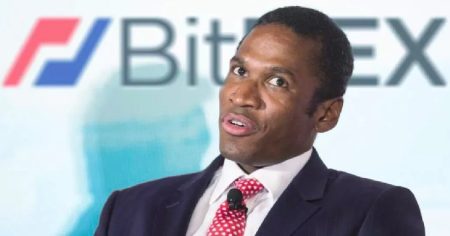Federal Reserve’s Goolsbee Warns of Economic ‘Blindness’ Amid Government Shutdown Concerns
Fed Official Highlights Risks to Monetary Policy Decision-Making as Funding Impasse Threatens Data Collection
In a stark assessment of the ongoing government shutdown’s potential consequences, Chicago Federal Reserve President Austan Goolsbee warned that the central bank could become “virtually blind” in its monetary policy decisions if the political impasse continues to disrupt economic data collection. The prominent Fed official outlined several challenges facing both federal workers and policymakers as Washington’s funding standoff persists, raising concerns about the broader economic implications during a critical period for interest rate decisions.
“The most direct and immediate impact falls on federal employees who won’t receive their salaries on time,” Goolsbee explained during his recent public remarks, addressing the human cost of the shutdown. However, his concerns quickly expanded to the Fed’s ability to fulfill its dual mandate of maintaining price stability and maximum employment. “Without the release of economic data, the Federal Reserve would be virtually blind in its decision-making process,” Goolsbee cautioned, highlighting the central bank’s reliance on government-produced statistics to guide monetary policy. Despite this significant challenge, he assured markets that contingency plans exist, stating, “Even if official unemployment data isn’t available, we will make decisions based on other indicators we have.”
The timing of the shutdown creates particular challenges as the Federal Open Market Committee (FOMC) approaches its next scheduled meeting on October 29, 2025, when markets widely anticipate a 25 basis point interest rate cut. Goolsbee’s comments reflect the delicate balancing act facing Fed officials as they navigate economic uncertainties without their full complement of analytical tools. The Chicago Fed President pointed to current indicators suggesting labor market stability, noting that “current data indicates the unemployment rate remains stable.” This assessment provides a glimpse into the Fed’s thinking about economic conditions even as the data landscape becomes increasingly uncertain.
Policy Patience Versus Political Pressure: Competing Visions for Interest Rate Path
Despite acknowledging labor market resilience, Goolsbee emphasized caution regarding the pace and timing of monetary policy adjustments. “We should avoid lowering interest rates too soon,” he warned, suggesting that premature easing could undermine the Fed’s hard-won progress against inflation. This measured approach contrasts sharply with calls from President Donald Trump for more aggressive rate cuts, highlighting the tension between political pressure and the Federal Reserve’s independent judgment. The divergence in perspectives underscores the central bank’s challenge in maintaining its credibility while responding to economic conditions and managing external expectations.
Economic analysts note that Goolsbee’s comments reflect broader concerns within the Federal Reserve system about maintaining policy effectiveness during periods of data disruption. “The Fed relies on a steady stream of high-quality economic indicators to calibrate its approach,” explained Dr. Eleanor Harrington, chief economist at Capital Market Analytics. “When that information flow becomes compromised, policymakers must lean more heavily on private sector data, anecdotal evidence, and their own economic models, all of which introduce additional uncertainty into an already complex decision-making process.” This analytical challenge comes at a particularly sensitive moment in the economic cycle, as the Fed attempts to engineer a “soft landing” by cooling inflation without triggering a recession.
The implications of prolonged data disruptions extend beyond the immediate interest rate decision, potentially affecting market confidence, business planning, and consumer sentiment. Goolsbee expressed hope that “the shutdown ends soon and doesn’t impact the broader economy,” reflecting concern that extended funding disputes could themselves become a source of economic drag. Financial markets have thus far shown relative calm in response to the shutdown, suggesting investors believe the impasse will be resolved before causing significant economic harm. However, analysts caution that this composure could quickly dissipate if the shutdown extends beyond expectations or begins to visibly affect economic performance indicators.
Looking Ahead: Economic Data, Policy Decisions, and Market Implications
As markets digest Goolsbee’s comments and position themselves for the upcoming FOMC meeting, attention focuses on alternative data sources that might influence Fed thinking in the absence of government statistics. Private sector employment reports, manufacturing surveys, and real-time consumer spending indicators may take on heightened importance in guiding monetary policy discussions. These supplementary measures could provide critical insights into economic conditions, though they lack the comprehensive scope and methodological consistency of official government data.
The Federal Reserve faces the additional challenge of communicating its policy rationale effectively during this period of data uncertainty. Clear messaging becomes particularly crucial when traditional economic indicators are unavailable or delayed, as markets seek reassurance that monetary policy remains data-dependent even when data is scarce. Goolsbee’s public remarks represent an important element of this communication strategy, helping to establish realistic expectations about how the Fed will navigate the challenging environment.
While the immediate focus remains on the anticipated 25 basis point cut at the October meeting, market participants are increasingly attentive to signals about the longer-term interest rate trajectory. The Federal Reserve’s ability to chart this course confidently depends significantly on restoring normal data collection and analysis capabilities, underscoring the importance of resolving the government funding impasse promptly. As policymakers, economists, and investors navigate this period of heightened uncertainty, Goolsbee’s warnings serve as a reminder of the complex interconnections between political decisions and economic outcomes.
This article is intended for informational purposes only and does not constitute investment advice.















